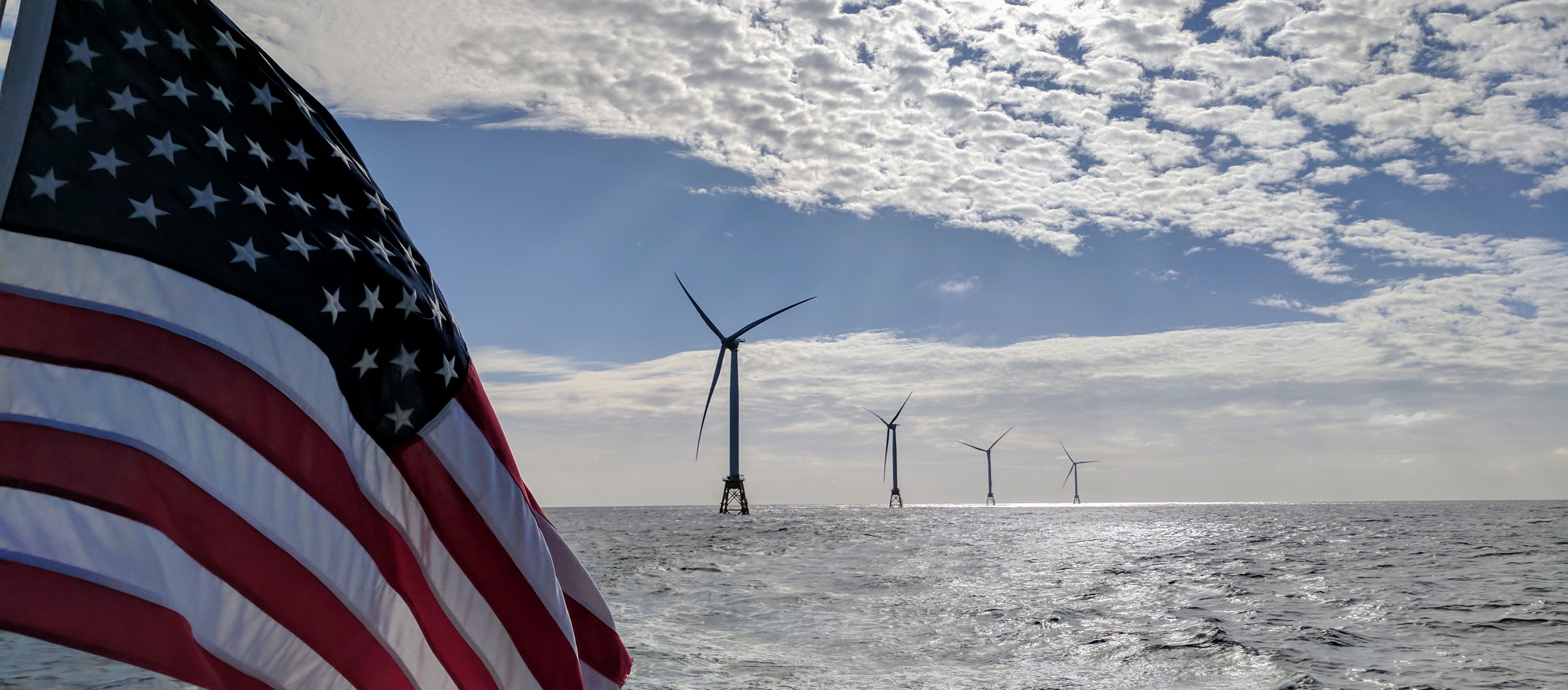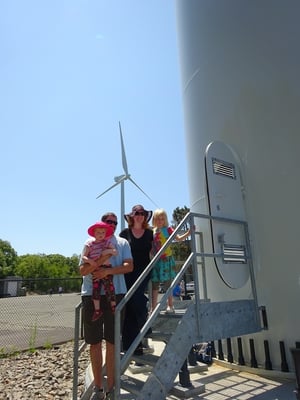Are you getting greenwashed by your electricity supplier?
Been hearing from "green electricity" suppliers like CleanChoice Energy? You want to support the generation of...

The tax man cometh. But if you participate in our Green Powered program, you can take a break. It’s a small one, but well deserved.
Back at the turn of the century, when we decided that our nonprofit organization would go big on helping consumers access renewable energy, we wrote to the Internal Revenue Service (IRS). (We are a 501c3 corporation with Employer Identification # 04-2791314.)
We explained how we buy and sell Renewable Energy Certificates (RECs) to voluntary customers in order to increase demand for wind, solar, and other forms of clean power. We explained that RECs are not electricity itself, but act as documentary proof that the power was generated from renewable energy (For more on how RECs relate to electrons and can displace fossil fuels, visit Yaima Braga’s blog post on the topic).
 We further explained that because the environmental benefits of renewable energy are enjoyed by everyone, economists call renewable energy a “public good.” With that logic, we asserted that the voluntary purchaser of a REC should be able to deduct their REC purchase from their federal income taxes if they itemize charitable contributions on their return.
We further explained that because the environmental benefits of renewable energy are enjoyed by everyone, economists call renewable energy a “public good.” With that logic, we asserted that the voluntary purchaser of a REC should be able to deduct their REC purchase from their federal income taxes if they itemize charitable contributions on their return.
The IRS wrote us back and said they agree. With that, tax-deductible renewable energy became a thing for consumers who participate in our Green Powered program (then called New England Wind and New England GreenStart), purchasing RECs from Green Energy Consumers. We’re quite pleased to bring this benefit to you. It does not apply broadly to green power offered by every supplier.
 Art by Laura Vautrinot
Art by Laura Vautrinot
It’s important to clarify that what Green Powered participants pay for the electricity itself – to National Grid, Eversource, a municipal utility, or to a competitive power supplier - is NOT tax-deductible as a charitable contribution. That’s because you get private benefit from the electrons – cold beer, television, Instagram, etc.
If you were signed up for Green Powered in 2018, you paid 3.8 cents per kWh you used for 100% wind, or 2.2 cents per kWh for 25% Class 1 renewable energy – depending on which you chose. We have been tracking how much you paid to Green Energy Consumers and are in the process of mailing you that total number so that you can prepare your 2018 tax return.
If you are enrolled in a Green Municipal Aggregation (GMA) program (also known as community choice electricity or aggregation) and Green Energy Consumers is supplying the RECs, you will also receive a letter from us if you “opted-up” to the 50% or 100% product. This applies to customers in Arlington, Brookline, Dedham, Somerville, Sudbury, and Winchester. And if you live in Brookline, you don’t even have to opt up to qualify for a tax-deduction. Thanks to their GMA program, called “Brookline Green Electricity,” most Brookline residents’ electricity has 25% Class 1 renewable energy. If you live in Brookline, click here to see if you qualify for a tax deduction and generate your tax receipt.
If you have not signed up for Green Powered, isn’t it time to make the switch? Why get “regular electricity” when you can get wind and solar from facilities like this:
Been hearing from "green electricity" suppliers like CleanChoice Energy? You want to support the generation of...
The average Massachusetts and Rhode Island household uses about 600 kilowatt-hours (kWh) of electricity every...
Comments